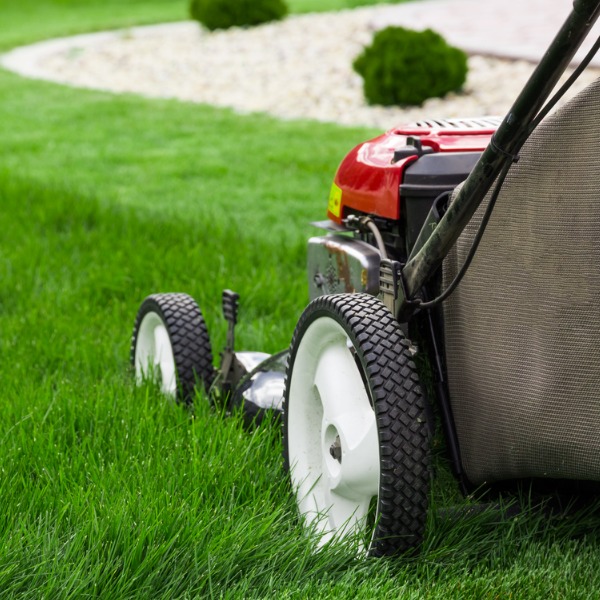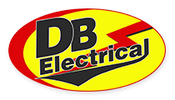If your lawn mower blade is getting dull, your options are to sharpen or replace it. If replacement seems like the best choice, you’ll need to give it some thought. There are many different types of lawn mower and lawn tractor blades available. You should choose one that best matches the condition of your lawn and how you want to care for your lawn. Lawn mower blades are definitely not a “they’re all the same” type of accessory.
Here is what you’ll want to look for when buying a new lawn mower blade.
Medium-Lift Blades
Let’s say you have a typical lawn with average needs. A medium lift blade might be a good choice for you. Lawn mower blades create suction that lifts grass upwards when being cut. As the name suggests, medium lift falls somewhere in the middle of high and low suction. Medium lift blades are general purpose workhorses that can be used for many lawn care applications. Many lawn mowers are sold with medium lift blades because they have wide appeal due to their versatility.
High-Lift Blades
If you have a very dense and vigorous lawn, you might benefit from using a high-lift blade. These blades produce strong suction that pulls grass upwards as it’s being cut. When grass blades are standing tall because of the strong suction, they are all cut at the same height, which leaves a very uniform appearance after mowing. High lift blades are preferred when you want to bag the clippings. The strong suction effortlessly pulls the clippings into the bag. High-lift blades should only be used with mowers that have relatively powerful engines.
Low-Lift Blades
The idea of blades that make grass stand tall for a consistently even cut probably sounds great. But before you buy a high-lift blade, take a look at your lawn. If your turfgrass is thin, or you have bare spots in your lawn, you don’t want such powerful suction. A high-lift blade could damage your lawn and kick up dust. In these cases, a low-lift blade that produces less suction is a better option. Low-lift blades are gentler on tender grass that could be damaged otherwise. With less suction, these blades are not recommended for bagging the clippings, but rather for side-discharge applications. Mowers with smaller engines will also benefit from low-lift blades because they require less power to operate.
Mulching Blades
Mulching blades are growing in popularity because they recycling grass clipping back to the soil. Long cutting edges chop the clippings into tiny pieces that are evenly distributed over the lawn. The clippings are so small they are not noticeable when spread over the lawn. There is no need to bag the clippings and they easily decompose to nourish the soil. Mulching blades are considered to be environmentally friendly because of how they recycle clippings. Mulching blades, however, are not recommended for exceptionally dense turfgrass. If you like the idea of mulching but your grass is too dense, you might need a toothed blade described below.
3-in-1 Blades
Sometimes versatility is needed when closing lawn mower blades. When that’s the case, a 3-in-1 blade is a good option. 3-in-1 blades work well for bagging, discharging or mulching grass clippings. Two types of people often choose these blades: 1) People who want to handle clippings differently as seasons change and 2) Lawn care services with clients requesting different methods for handling clippings. It’s common for lawn services to have some clients who want clippings mulched while others may prefer to have them bagged.
Toothed Blades
Toothed blades act like mulching blades in chopping clippings into finer pieces, which can then be spread over the lawn for nourishment. The teeth create expanded cutting edges, exposing the clippings to more cuts. Unlike mulching blades, however, toothed blades can handle denser turfgrass. Many toothed blades are considered premium quality blades that also produce high suction similar to high-lift blades. Toothed blades pull the grass upwards for an even and consistent cut needed for highly manicured lawns. Here’s how to choose between high lift and toothed blades. Use a high-lift blade if you want to bag the clippings. Use a toothed blade if you want to mulch the clippings.
Choosing the right blade produces the best-looking lawn
When it’s time to replace the blade in your lawn mower, you don’t want to pick up just any blade. Choosing the one that matches your lawn type and desired outcome makes a difference. When you choose the right blade, your work will be easier and the results will be better.
Related Articles
9 Tips For Finding Outdoor Power Equipment Replacement Parts
What's The Best Choice In Lawn Mowers? Electric Or Gasoline


